A Few Things That Work
We have found Black Algae in some pretty interesting places. Here, Ashley takes us through several different methods that work on eliminating it.
2018 was a pretty exciting year for us as we dove deeper into swimming pool black “algae”. Not only did we confirm that black algae was actually cyanobacteria, we were able to break it down even further identifying the constituents (yes, there was more than one) of the colonies by genus.
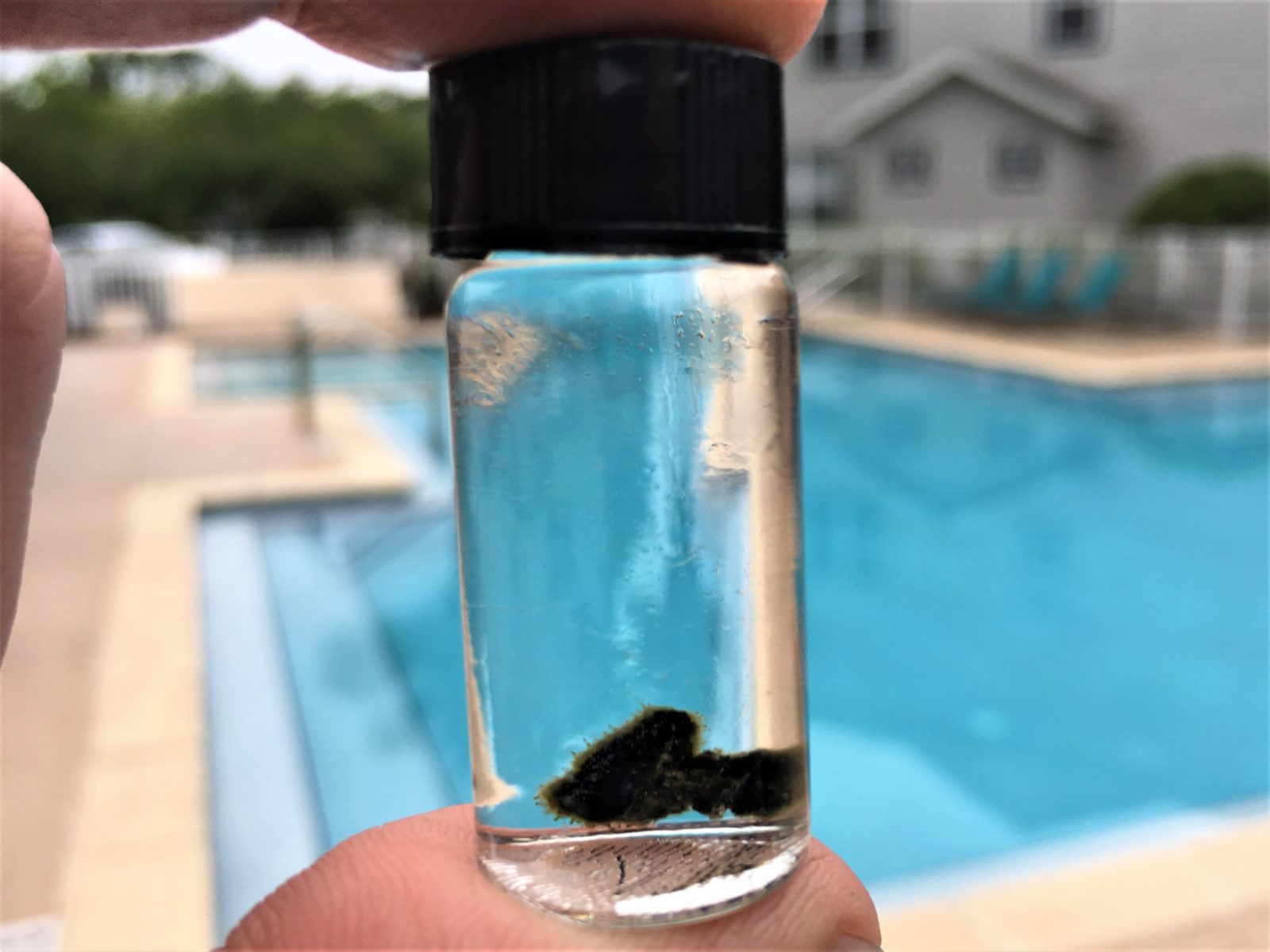
In doing this, we had found that we were the first known folks to research swimming pool black algae in over thirty-five years. The last known research document Laboratory Comparison of the Effectiveness of Several Algicides on Isolated Swimming Pool Algae written by R. P. ADAMSON AND M. R. SOMMERFELD of the Department of Botany and Microbiology, Arizona State University, Tempe, Arizona 85281 appeared in the APPLIED AND ENVIRONMENTAL MICROBIOLOGY, in February of 1980. I hadn’t even made it into High School yet when this publication came out ? and I’m old!!! Interesting to see ? that no one else has really even looked at this stuff since I was thirteen.
So, next we decided to see if we could investigate some methods in How to Rid a Swimming Pool of black “algae”. We were actually able to locate a 230,000 gallon test pool with over fourteen years of black algae growth for this experiment.

By now, I was getting a flood of phone calls from my industry peers asking if, in my research, I had found black algae to be harmful. The truth is at this point I hadn’t. Honestly, my research had not taken me this far yet. I felt that I had opened the door to this and that I had an obligation to take my investigation to the next level.
For this phase, we located a public swimming pool with black algae colonization in Jacksonville (Florida), one hundred miles from where we had taken our initial samples.
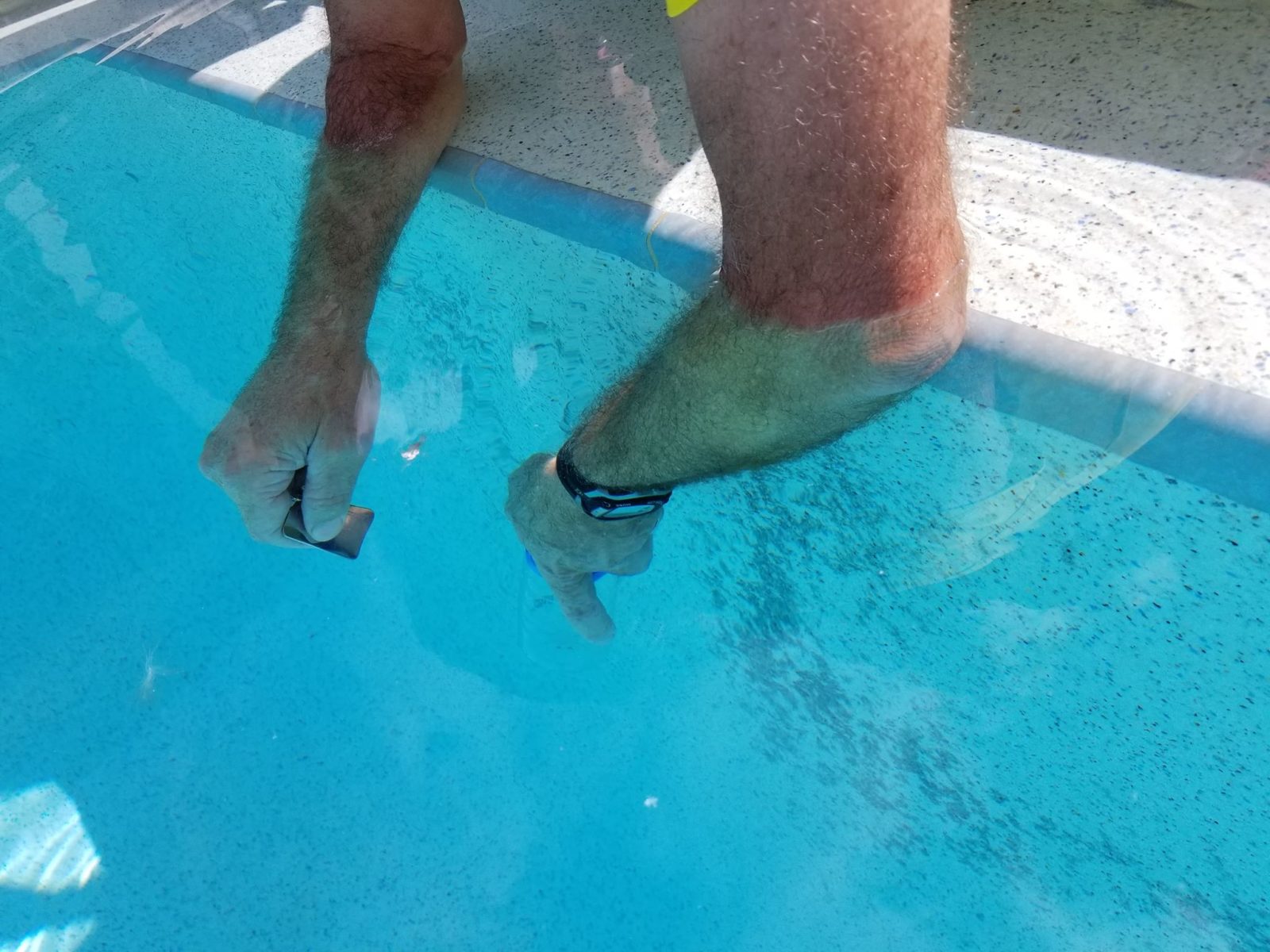
Unfortunately, we did not get the results we were looking for and would be unable to test to see if the black algae (cyanobacteria) in this swimming pool was toxin producing. However, we did find that the cyanobacteria in the samples we had taken from this pool were an altogether different genus from the three we had identified in the first. The black alga in this pool was also identified as cyanobacteria, withal a new genus not present in the first and at only one hundred miles apart. We were able to determine that geographic location would play a factor in the constituents of black algae.
We could not let things go there. Determined to find an answer, we located a third swimming pool with black algae growth. This one was within a mile of the pool where we had taken our initial samples.
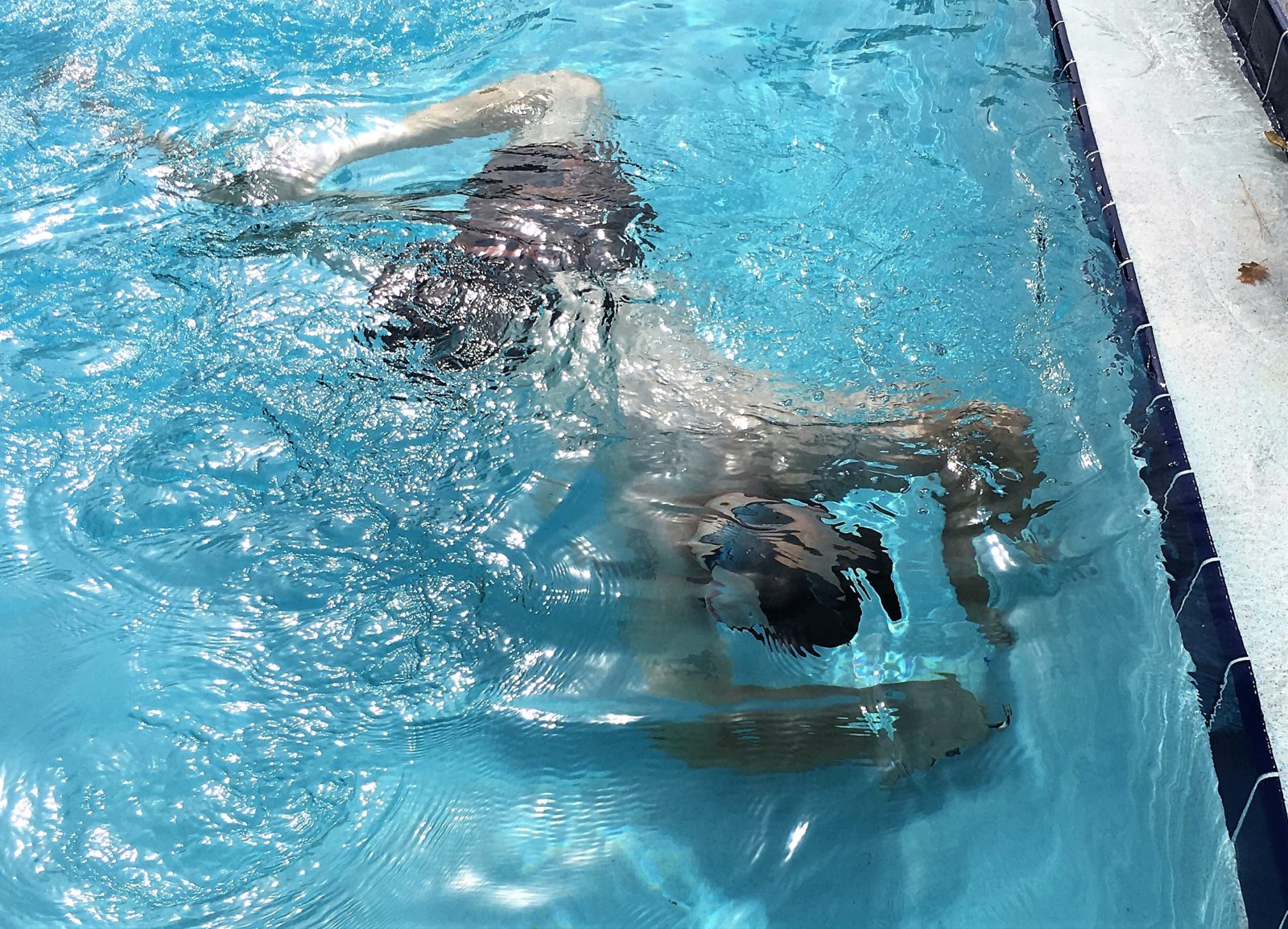
This time we would get the results we were looking for! One of the genus discovered in this third pool was known to be toxin producing, so we would be able to roll forward with our tests for the presence of cyanotoxins. The big question is, in the pool soup of chemicals we use to balance water, would we even be able to detect toxins if they were there? By neutralizing the chlorine in the sample and lysing the photosynthetic prokaryotes, we were able to detect a trace amount of the toxin Microcystin; though in an amount below the acceptable maximum set in the EPA Drinking Water Health Advisory.
Still, this was a relatively large chlorinated swimming pool that literally had two to three quarter sized dots of black algae. This begs the question of what would be found in a poorly maintained swimming pool with massive colonization… We will keep you posted as our research continues into 2019…

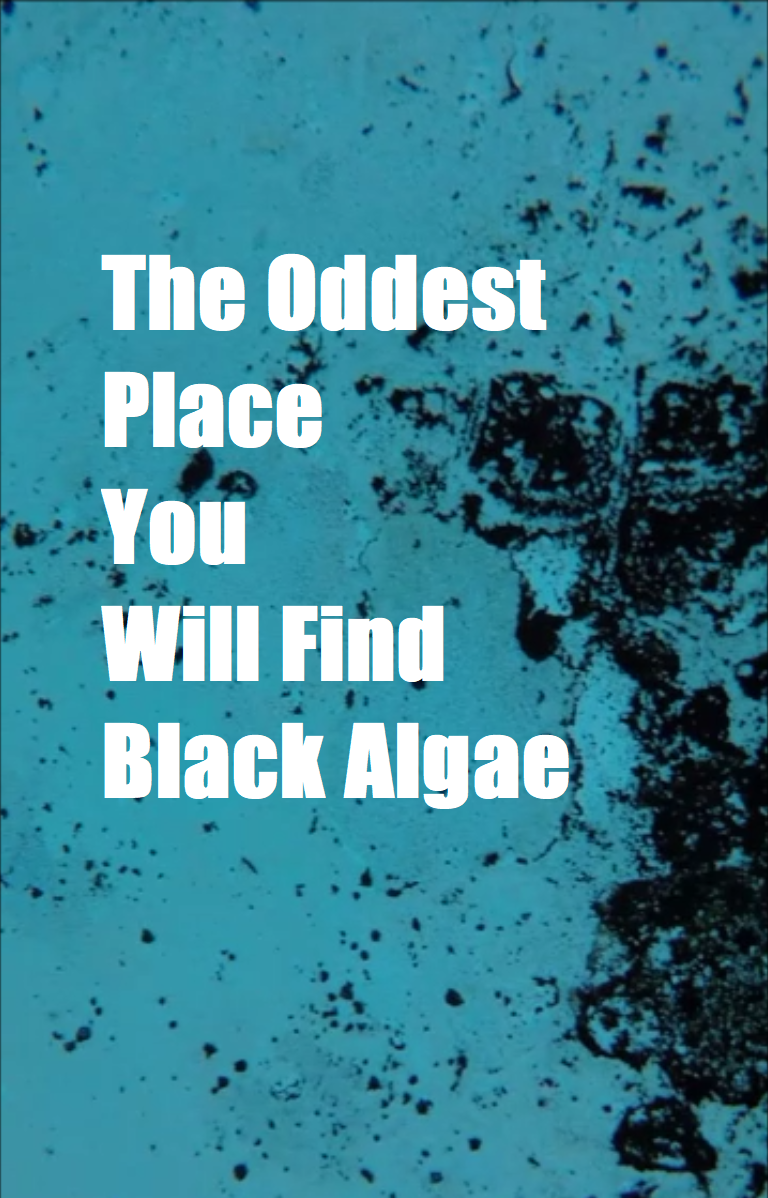


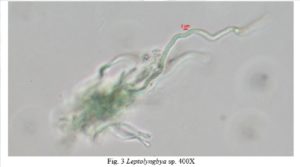
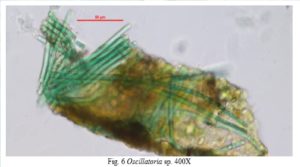

When I discovered black “algae” in my 13,000 gallon pool I began reading. Came across your studies and will use the findings to wage battle. Plan to use products with copper in it.
This pool was constructed in 1996 and was resurfaced with Diamond Brite about 3 years ago.
Hope to win the war, don’t want my pool to look like your pics.
Linda
We are rooting for you! Black “algae” can be a tough one. If you have any questions during your battle, please do not hesitate to reach out. Good Luck! ? To contact us: https://www.pooloperatorcourse.com/contact-us.html